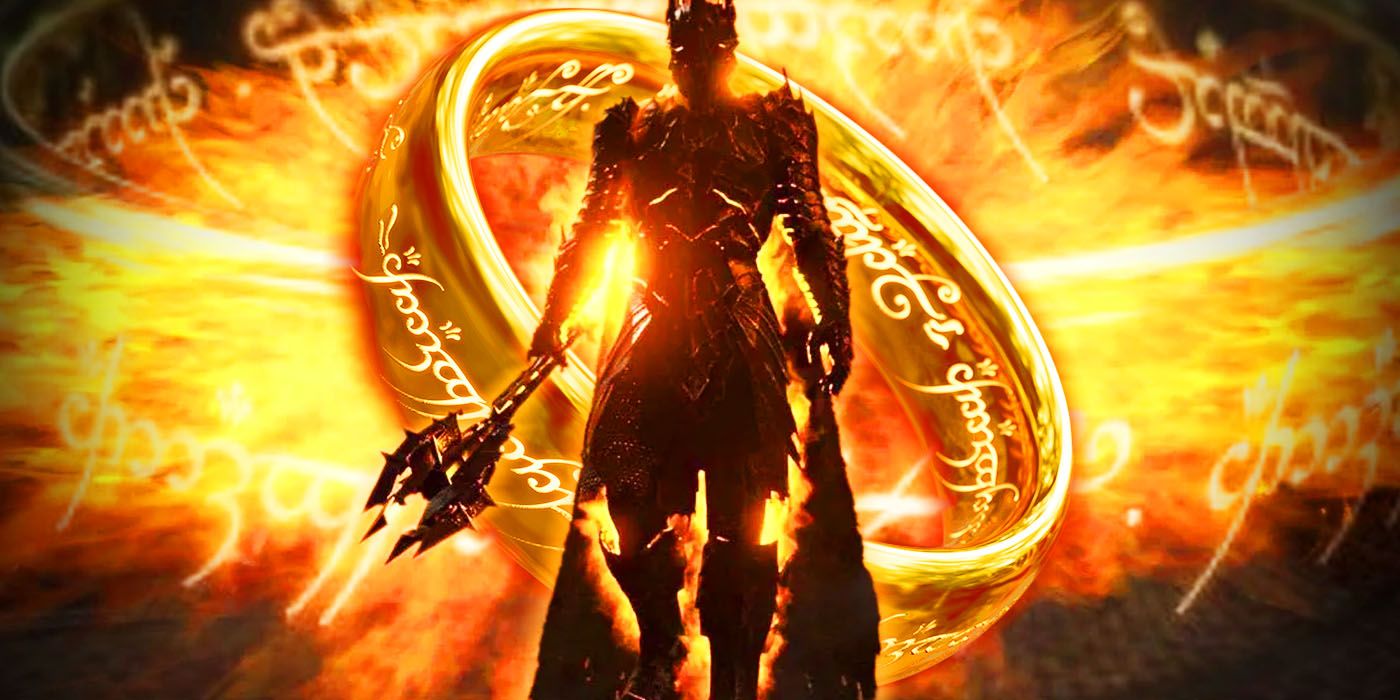
These traits raise the question of what the One Ring was made of. In Peter Jackson’s The Lord of the Rings film trilogy, the One Ring was a simple golden band with an Elvish inscription that glowed a fiery orange whenever it was exposed to intense heat. This matched the descriptions from J. R. R. Tolkien’s novel. According to the chapter “The Shadow of the Past” from The Fellowship of the Ring, “it looked to be made of pure and solid gold,” and in the chapter “The Council of Elrond” from the same volume, Gandalf called it “round and unadorned.” But this did not confirm that the One Ring was literal gold. In fact, the answer came much after Tolkien’s death.
Sauron Made the One Ring Using a Metal Prone to Evil
Tolkien Used Gold as a Metaphor for Greed and Corruption
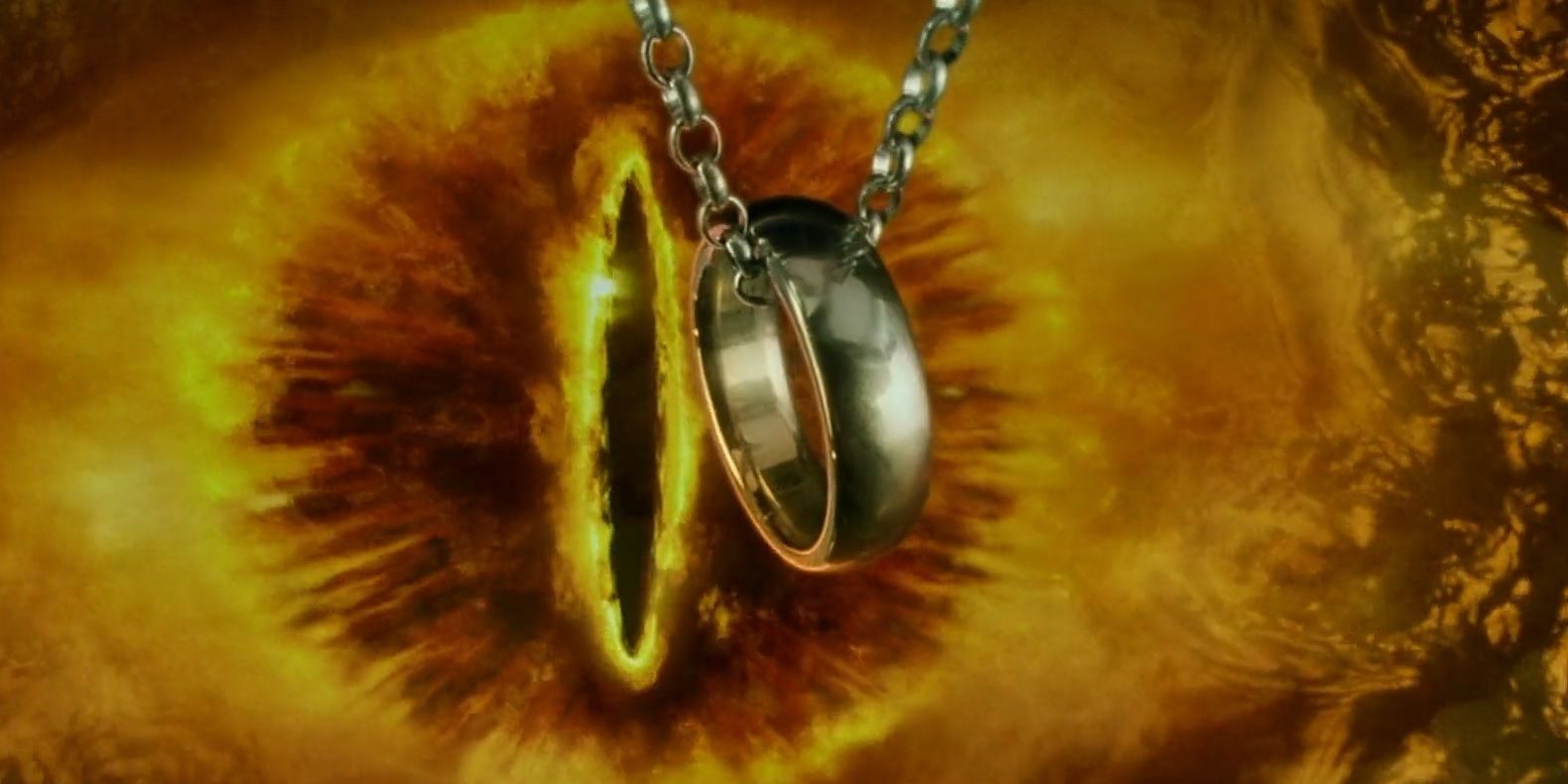
Fictional Metals in Tolkien’s Legendarium
Description
Mithril
A rare metal that was stronger than steel yet far less heavy
Galvorn
An especially strong type of iron that came to Middle-earth in a meteorite
Tilkal
An unbreakable metal combining the properties of copper, silver, tin, lead, iron, and gold that only appeared in Tolkien’s early writings and is presumably non-canon
The evil of gold in Tolkien’s setting was an important part of The Hobbit. The hoard of gold beneath the Lonely Mountain was the root cause of dragon sickness and the source of much unnecessary bloodshed. This was a commentary on greed, as both in Middle-earth and the real world, gold was a rare commodity that people were willing to use violence to obtain. Tolkien contrasted this with silver, which usually represented goodness and purity in The Lord of the Rings. However, gold was not a creation of Morgoth, so it was not wholly or inherently evil. For example, Galadriel gave Boromir a golden belt in the novel version of The Lord of the Rings. Sauron may have mixed gold with other materials to make the One Ring, but Tolkien’s writings provided no evidence of this possibility. Yet that was not the case in all adaptations of The Lord of the Rings.
The One Ring Was an Extension of Sauron’s Power
The One Ring Props Were Created by NZ Jeweler Jens Hansen
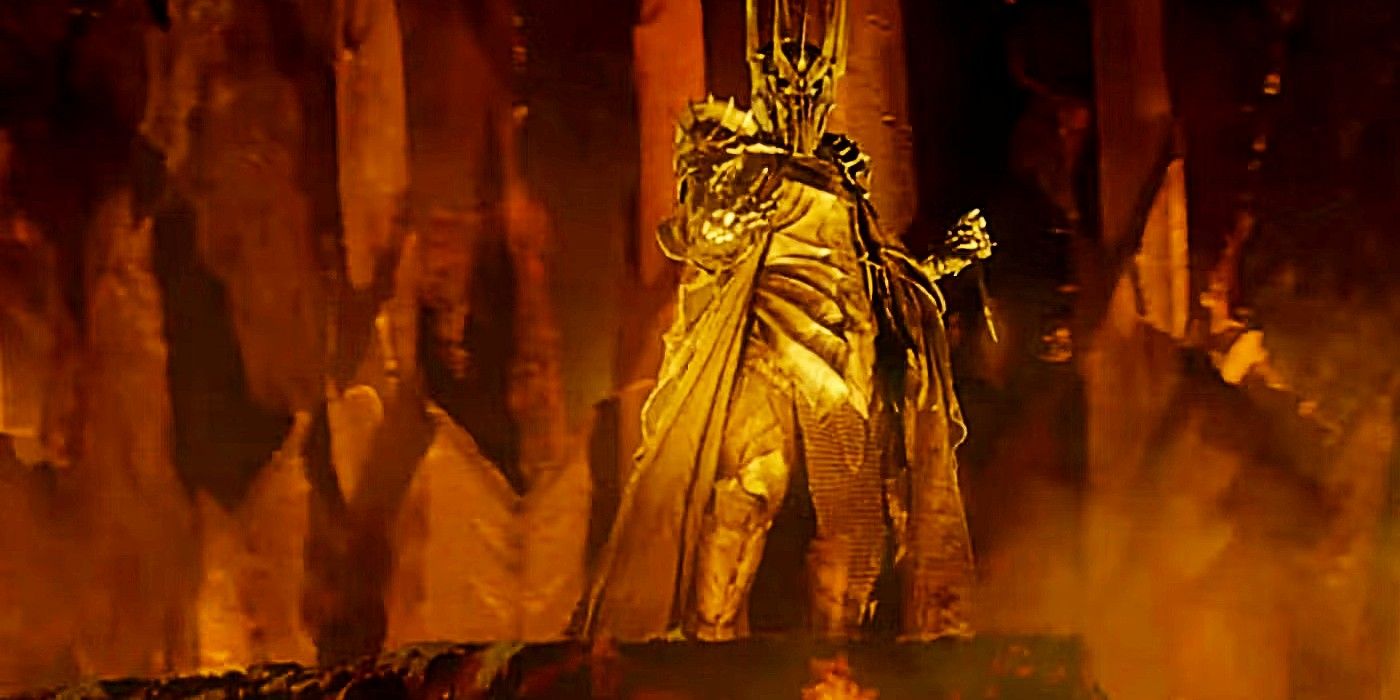
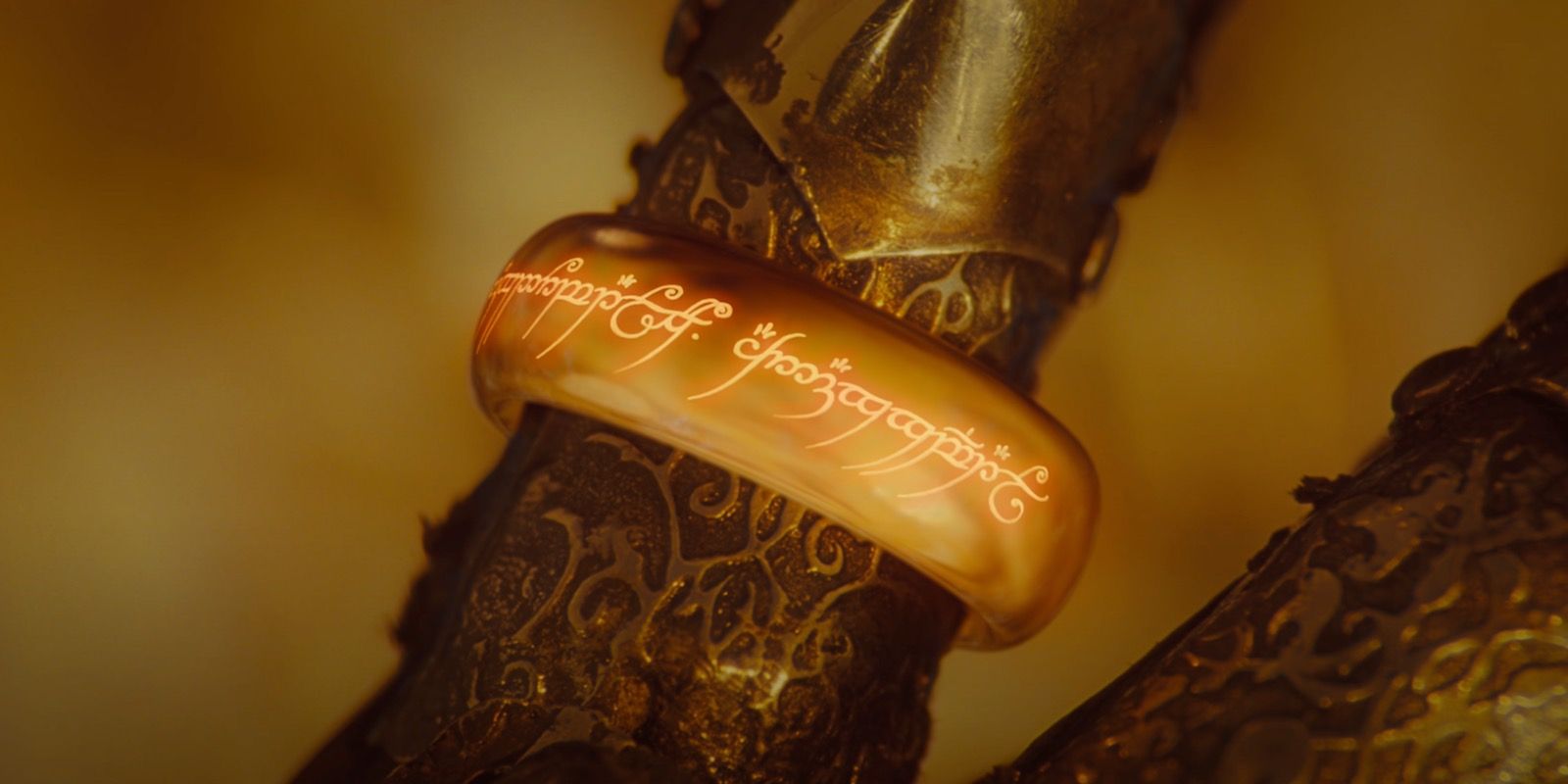

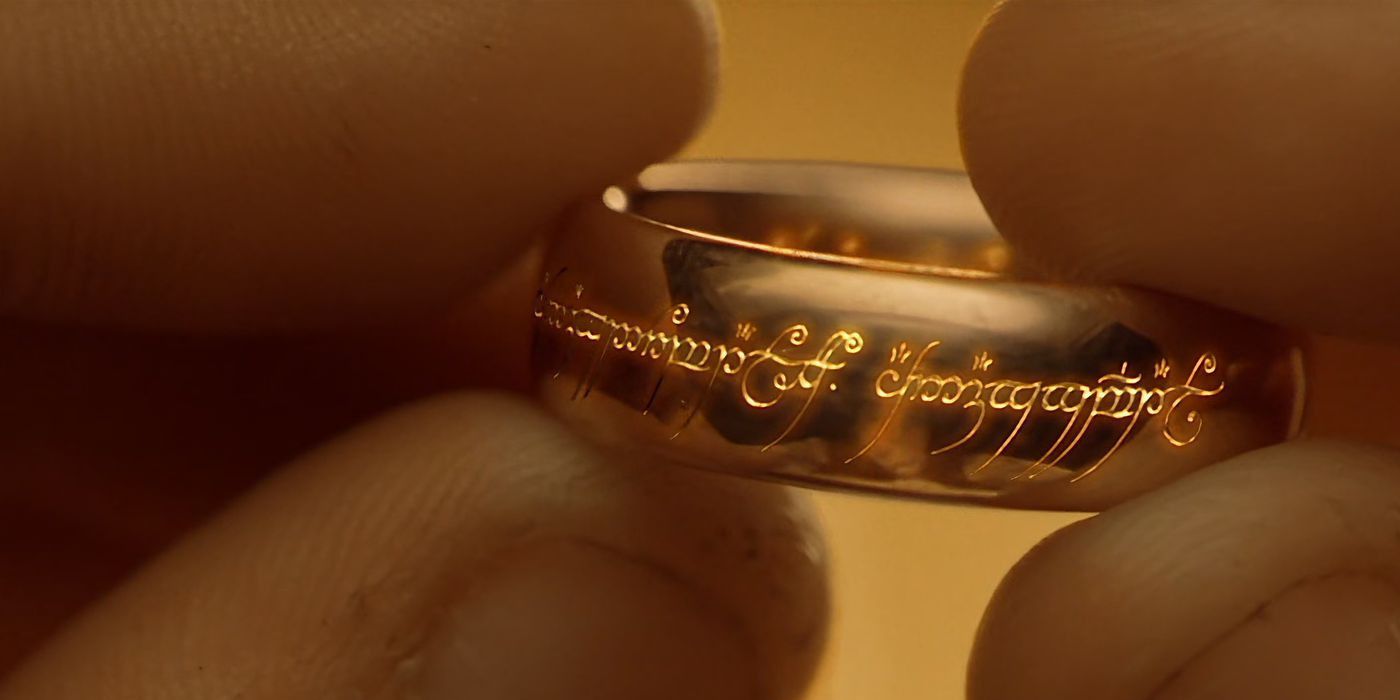




In Jackson’s films, Sauron nearly included another ingredient in the One Ring: his own blood. In a deleted scene from the prologue of The Lord of the Rings: The Fellowship of the Ring, Sauron stabbed his hand with a dagger and mixed his blood with molten gold to form the One Ring. In both the novel and the films, the One Ring was an extension of Sauron. He imbued the One Ring with his evil power, which made it extremely dangerous but also rendered its destruction the key to his defeat. The deleted scene would have made this connection literal by placing a physical piece of Sauron in the One Ring. However, it would have created an inconsistency with a later event in the prologue, as Sauron did not bleed when Isildur cut his fingers off. The filmmakers decided against showing Sauron’s creation of the One Ring for an unknown reason — it might have been too violent for the film’s PG-13 rating, or it might have simply taken up too much runtime.
However, storyboards from the behind-the-scenes footage on the DVD of The Fellowship of the Ring‘s extended edition showed rough sketches of this scene. A vestige of this scrapped concept remained in the final version of the film; when Sauron held up the One Ring within the Crack of Doom, he was clutching a dagger in his other hand, which was the blade he would have used to stab himself in the deleted scene. In the official, The Lord of the Rings: The Return of the King tie-in video game, Sir Ian McKellen as Gandalf even provided some narration that mentioned Sauron infusing the One Ring with his blood. But in the canon of Jackson’s film trilogy, as in Tolkien’s story, there was nothing to indicate that the One Ring was anything more than an ordinary gold ring empowered by Sauron’s magic. However, in The Rings of Power, Sauron is confirmed using his black blood to make the titular rings, suggesting that he might have done it for the One Ring as well.
The Strengths of the One Ring Outweigh Any Weaknesses
Sauron’s Will Could Not Be Contested by the Majority of Middle-earth
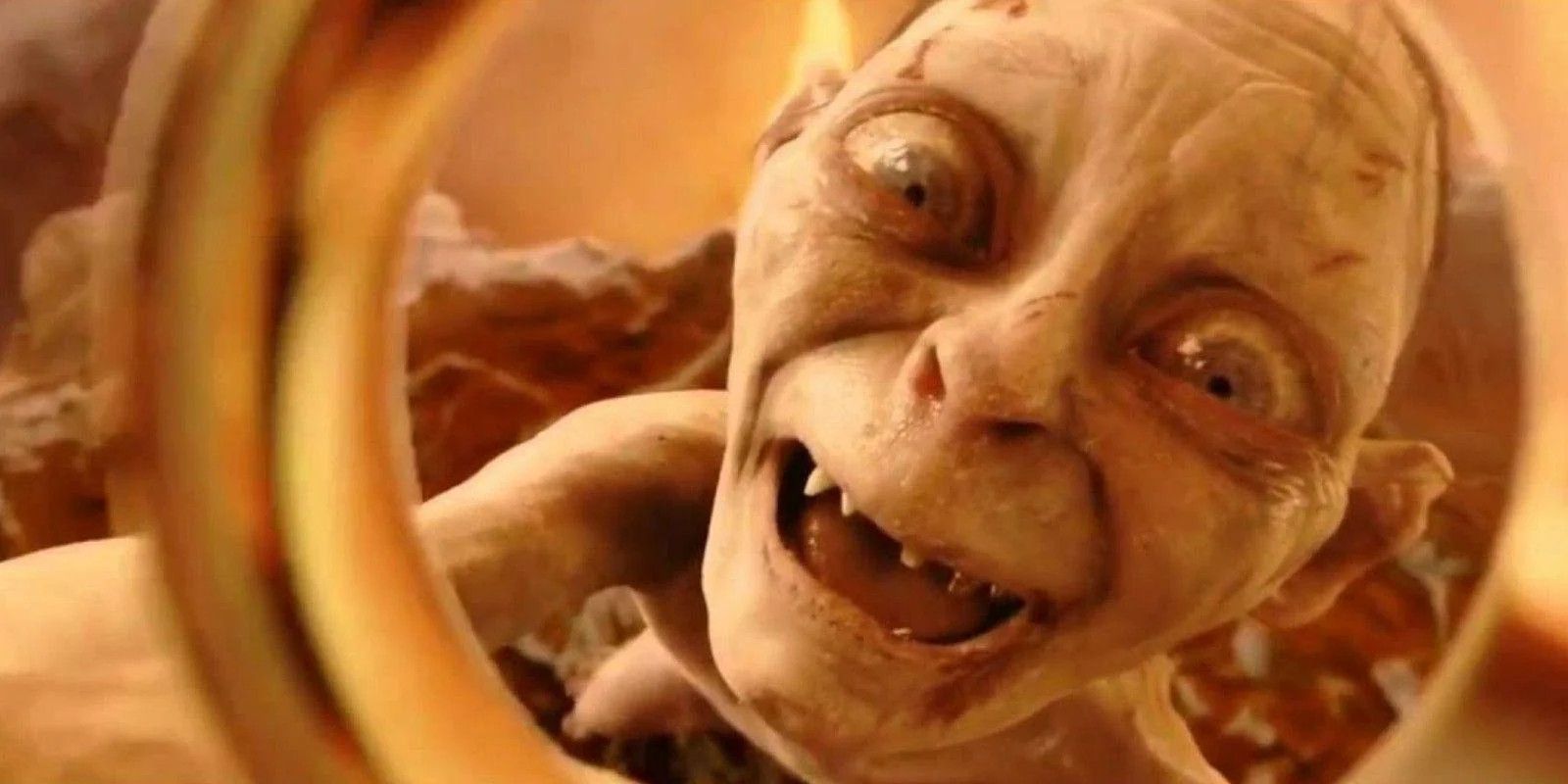
All the Rings of Power had special properties, but the strongest of them, by design, was the One Ring. Intended by Sauron to lord over all the other Rings, the One Ring brimmed with power from the very beginning. Fans know the most common ability of the One Ring is invisibility, but wearers were also transported into the wraith-world that offered superior hearing. It called out to those most likely to bring it back to Sauron, using some sort of quasi-telepathic ability that isn’t explored in the story.
The One Ring’s Appearance Was Deceptive
It May Have Been Designed to Look Plain
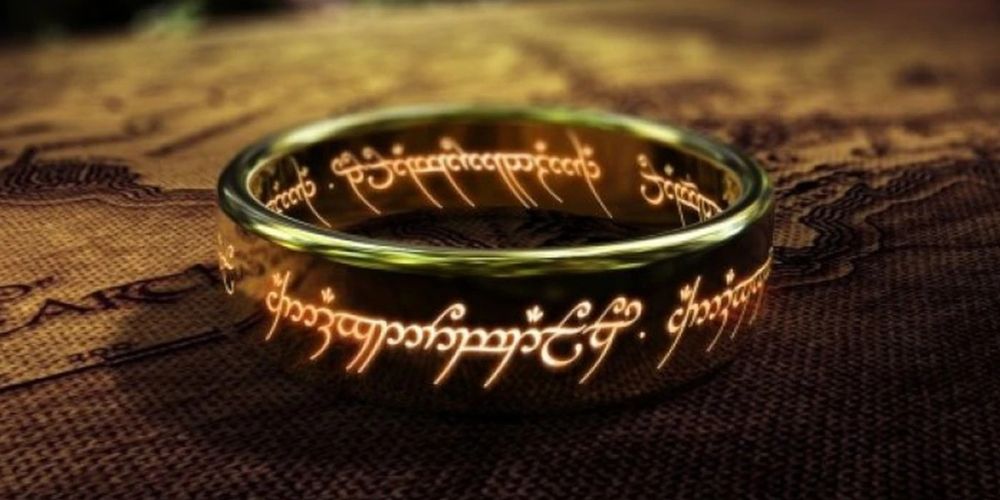
Many of the other Rings of Power were gold as well, but not all of them. One of the Three Rings — namely Vilya, which belonged to Elrond — was gold and contained a blue gem. Galadriel’s Nenya was instead mithril and contained a white gem, while Gandalf’s Narya was an unknown metal and contained a red gem.
The Seven Rings that the Dwarves possessed were all gold, as indicated by the section “Of the Rings of Power and the Third Age” from The Silmarillion: “It is said that the foundation of each of the Seven Hoards of the Dwarf-kings of old was a golden ring, but all those hoards long ago were plundered and the Dragons devoured them, and of the Seven Rings some were consumed in fire and some Sauron recovered.” As for the Nine Rings that transformed Men into the Nazgûl, Tolkien did not provide any physical description.
The title of Morgoth’s Ring came from a comparison that Tolkien made between Sauron imbuing the One Ring with evil and Morgoth imbuing the entire world with evil.
The One Ring was unique among the Great Rings in that it did not contain a gem. Sauron wanted the others to look as beautiful as possible so that they would entice the Elves, Dwarves, and Men to whom he gifted them, but he intended to keep the One Ring for himself. So long as it served its practical purpose, Sauron did not care about the One Ring’s appearance. It may have been intentional on Sauron’s part, as the One Ring’s simplicity helped it blend in.



